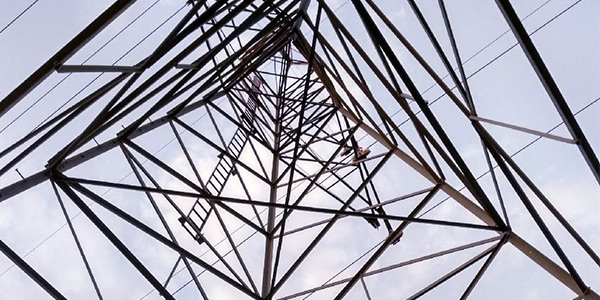MISO members last week said the RTO’s footprint could benefit from transmission line ratings that change with the weather and other factors.
Clean Grid Alliance’s Natalie McIntire said static, conservative line ratings might be unnecessarily limiting transmission capacity and the amount of new generation resources that can interconnect to the MISO system.
“There might be transmission limitations that might exist for a small number of hours every year,” she said during a Advisory Committee conference call Wednesday.
McIntire also said it would be helpful if MISO transmission owners offered more information on how they form line ratings and for the RTO to identify the circuits that stand to benefit the most from more flexible ratings.
“As we’re all trying to make the most efficient use of the system, it would be helpful for MISO to tell us which are the lines that have the most potential gap between the static and dynamic ratings,” she said. Dynamic line ratings (DLRs) will ensure that consumers “get the most from their investment,” McIntire said.
DTE Energy’s Nick Griffin said MISO and its TOs should concentrate first on congested flowgates with the largest impact. “It doesn’t have to be broad range right at first,” he said.
Other members said MISO should establish a standard method for TOs to report the latest line ratings.
Organization of MISO States Executive Director Marcus Hawkins said transmission ratings in the RTO aren’t formed transparently. He has asked stakeholders to decide how large a role the grid operator should take in managing line ratings.
“MISO really could play a critical role in deciding where these enhanced ratings could be most beneficial and most cost-effective,” Hawkins said last month during an Advisory Committee teleconference.
Independent Market Monitor David Patton has said temperature-adjusted ratings would save the RTO about 10% of its total transmission congestion. He has estimated that MISO stands to save more than $150 million on an annual basis but says TOs remain reluctant to adopt DLRs because it involves investing in equipment and manpower with little return. Entergy already uses ambient-adjusted ratings in MISO South.
“The costs of not utilizing our transmission network is large,” Patton said during MISO’s Market Subcommittee meeting in April.
The Monitor and TOs have been discussing the possibility of DLRs in nonpublic Reliable Operations Working Group meetings.
The TOs said they’re working on their own benefit analysis of DLRs. Some cautioned that while some lines’ ratings could go up, some could also be lowered.
Transmission Owners sector representative Stacie Hebert said changes to facility ratings could result in higher cost recoveries and additional risk to TOs’ equipment.
DLR implementation made a shortlist of improvements that the MISO community was interested in working on in 2020. (See 7 Projects Make MISO 2020 Integrated Roadmap.)
Some stakeholders have said that while it’s true that lines can carry more capacity in below-freezing temperatures, it’s the generation component that’s often lacking in emergency conditions. That is especially true in MISO South, which is less prepared for arctic blasts.





